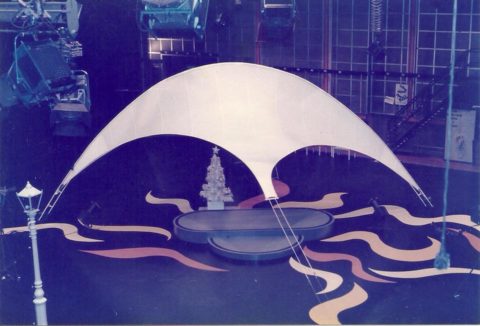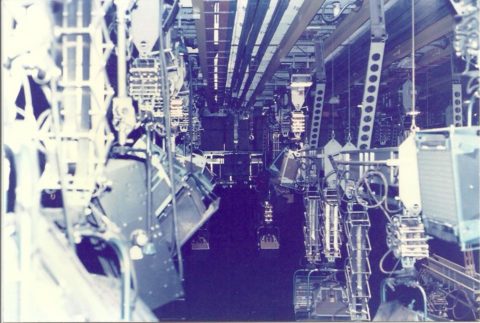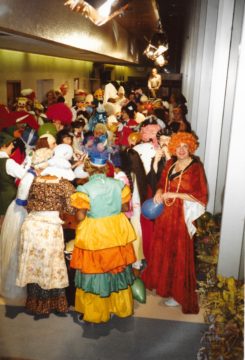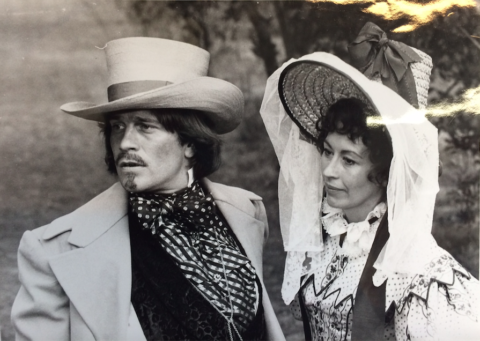http://www.bbc.co.uk/news/av/uk-england-birmingham-29109003/the-day-pebble-mill-studio-opened-in-1971
This link is to a clip from Nationwide on 15th June 1971. Midlands Today presenter, Tom Coyne gives a guided tour of the brand new Pebble Mill studios. Included in the tour are Studio B, the home of Midlands Today; Studio A, where many dramas were produced; and the Radio studios, home to The Archers, we also see Radio WM in action. There is no mention of Pebble Mill at One, because the programme had not yet been planned.
Thanks to Malcolm Hickman for sharing the link.

Still from Tom Coyne’s piece on Nationwide. Copyright BBC.
The following comments were left on the Pebble Mill Facebook page:
Keith Warrender:’The EMI cameras were still going in 1983 when they were replaced with Link 125s. Link are long gone but the old factory is still standing unused in Andover.’
Sue Astle: ‘Such an amazing exciting time for us then, we were privileged to have worked there. Susie Bancroft. Ex make up’
Sarah Tongue: ‘My mom ran the Library!’
Helen Smith: ‘Loved watching that, my Dad was the cameraman at the beginning of the clip.’
Michael Fisher: ‘Radio Birmingham as it was at the start!’
Andy Marriott: ‘What was the little mini cart system they were using for spot effects, called?’
Malcolm Hickman: ‘It was a device called a P.E.G. Programme effects generator. They used a spool of tape in a case with a metal loop fitted at one end. When you inserted the cartridge, the machine grabbed the tab and cued the effect. It had loads of slots so a sequence of effects could be built up. A BBC designs department product, IIRC.’
Sue Welch: ‘Actually remember Tom Coyne from Tyne Tees Television. A very long time ago.’
Malcolm Adcock: ‘Happy memories, joined Top Gear in 1988 and our production office was later in the old Pebble Mill at One studio area.’
Save
Save
Save




